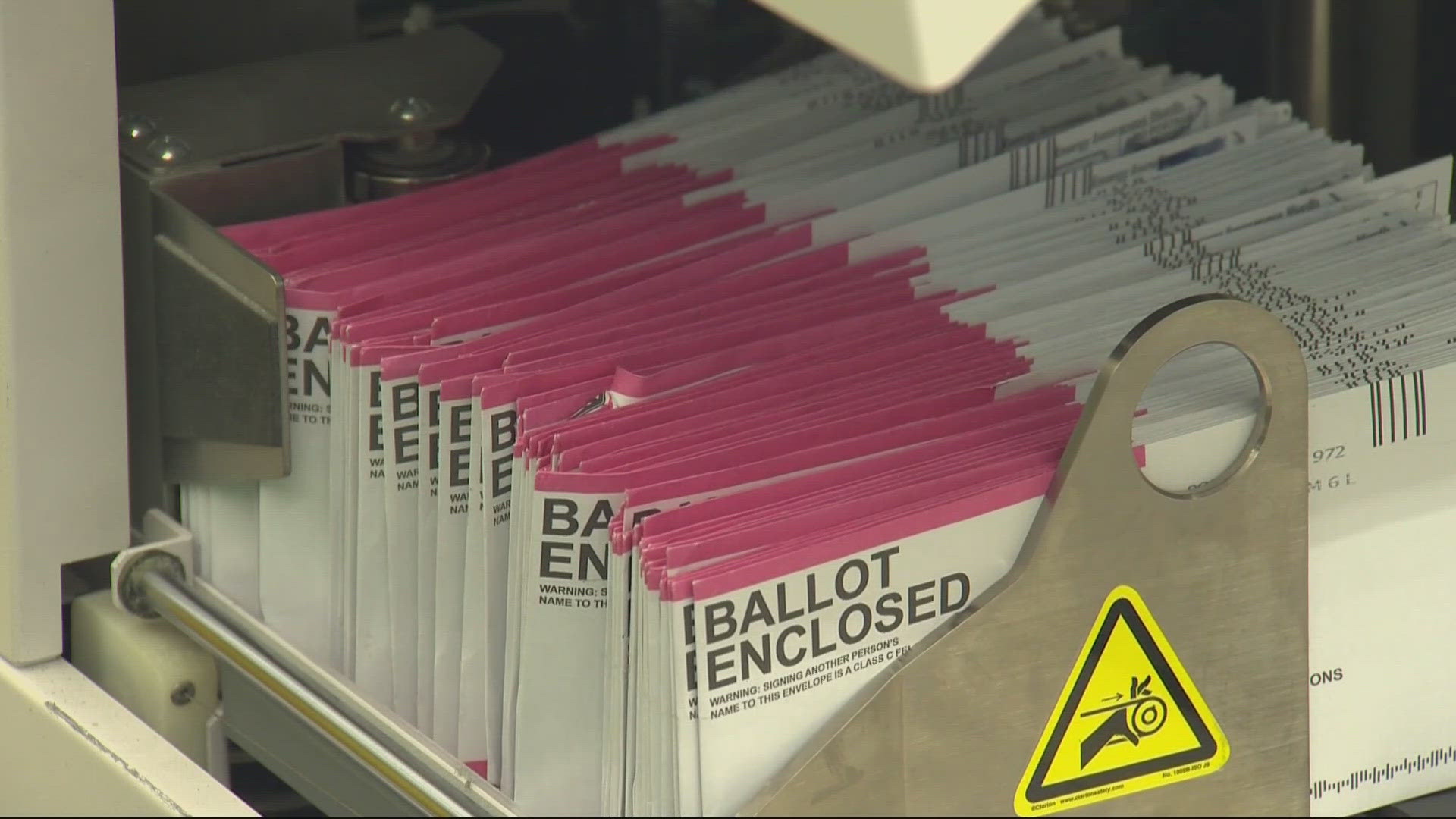PORTLAND, Ore. — Portland was hit by a major heat wave earlier this week, with a string of days above 100 degrees breaking August records and pushing temperatures to levels not seen in the region since the deadly 2021 heat dome.
KGW published a VERIFY story earlier this week about new workplace safety rules for heat that Oregon put in place after the heat dome and made permanent last year, aiming to prevent heat-related illness and injuries among Oregon workers by requiring things like access to water and cool-down breaks on high-heat days.
However, some of the viewer feedback from that story included complaints about a lack of air conditioning in employee areas at specific businesses, with the apparently assumption that a lack of AC would constitute a heat-related workplace safety violation. The previous story didn't mention how AC fits into the heat safety rules, so we set out to VERIFY that issue.
THE QUESTION
Do heat protection rules for workers include a requirement for AC?
THE SOURCES
THE ANSWER
No, there is no requirement for AC in workspaces at either the state or federal level. Oregon's rules require companies to take specific safety measures when the heat index in a workspace rises to certain thresholds, but there's no requirement that a company control the air temperature.
WHAT WE FOUND
The Oregon Occupational Safety and Health Division (often referred to as Oregon OSHA in reference to the similar federal agency) implemented a new set of employer rules after the deadly 2021 heat dome event, intended to protect workers from heat illness. The rules were first implemented as a temporary emergency order in 2021 at the direction of former Gov. Kate Brown, then made permanent in June 2022.
The rules require employers to provide access to shade and cool drinking water when the heat index in an indoor or outdoor work environment hits 80 degrees or higher. Regular cool-down breaks are required when the heat index exceeds 90 degrees, with the length of the breaks increasing as the heat index rises. Employers are also required to monitor employees for signs of heat illness and develop emergency plans to provide prompt medical attention if needed.
However, there is no requirement for employers to provide air conditioning or take any other specific steps to lower the air temperature in an indoor work area. Neither the text of the new rules nor any of Oregon OSHA's news releases or guides and factsheets mention anything about a requirement for AC or a mandatory maximum temperature in indoor workspaces.
AC is at best an indirect necessity for companies that don't want to deal with water access and cool-down breaks. The rules only apply to work areas that reach a heat index of 80 degrees, so a company can avoid them by using AC to keep an indoor workspace below that threshold. An Oregon OSHA FAQ does mention AC in this context, noting that if a building's AC stopped working and the internal heat index hit 80, the company would be required to implement the OSHA heat rules.
Federal OSHA also doesn't have any kind of AC or maximum temperature requirement, although the agency does recommend a temperature range of 68-76 degrees for comfort in indoor workspaces.
It should also be noted: Oregon OSHA has a separate set of rules for communal labor housing such as lodging for farmworkers, and AC is effectively mandated for those structures because the rules require either the bedrooms or a large shared common room to stay below 78 degrees whenever the outdoor heat index is above 80 degrees.
Got a question or a story about Portland or Oregon that you'd like us to VERIFY? Drop us a line at verify@kgw.com.



